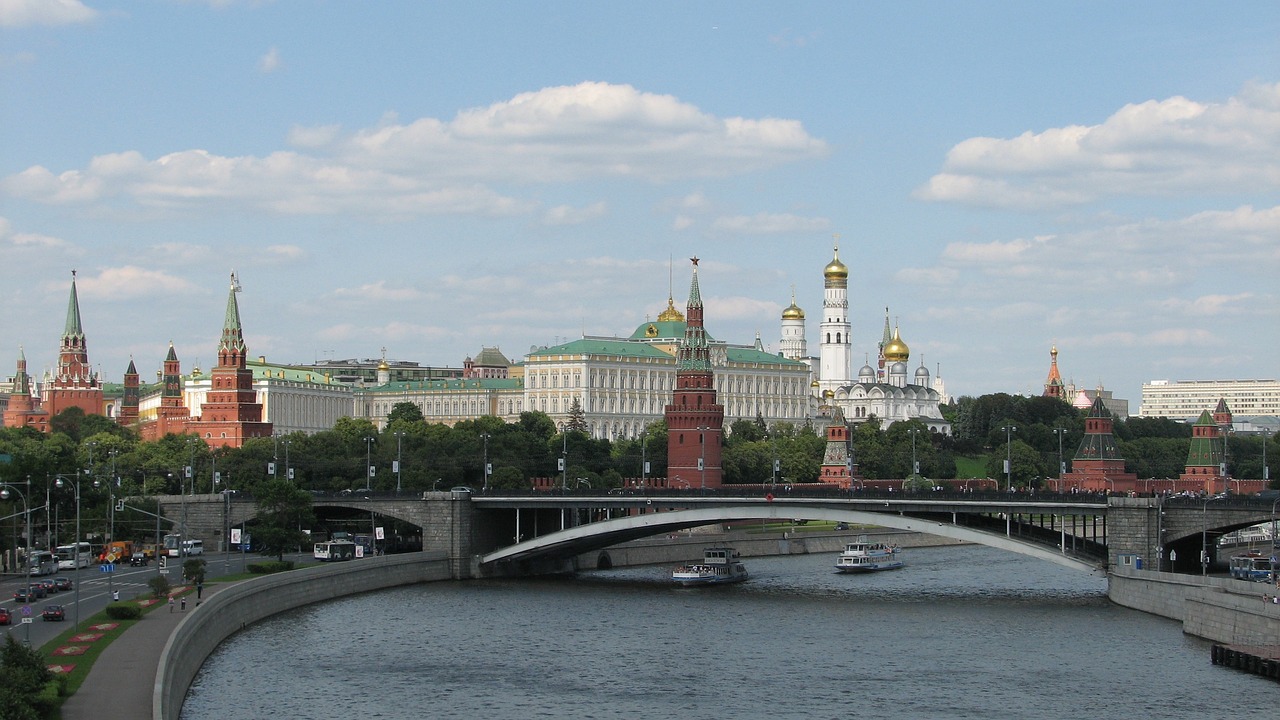Nestled at the southernmost tip of South America, shared by Argentina and Chile, Patagonia is a land of awe-inspiring natural beauty. This vast region, stretching over 400,000 square miles, is a mosaic of wind-swept plains, towering mountain peaks, and colossal glaciers, offering a unique blend of adventure and tranquility. This article delves into the wonders of Patagonia, highlighting its key attractions, cultural significance, and practical travel advice to inspire and guide travel enthusiasts.
The Majestic Landscapes of Patagonia
- Torres del Paine National Park, Chile: Renowned for its iconic ‘Towers of Paine’, this park is a paradise for hikers. With trails winding through emerald forests, past azure lakes, and alongside massive glaciers, it provides an unparalleled trekking experience.
- Perito Moreno Glacier, Argentina: One of the few advancing glaciers in the world, Perito Moreno is a spectacle of nature. Its massive ice walls, cracking and thundering as they calve into the waters of Lake Argentino, are a dramatic display of natural forces.
- Tierra del Fuego: At the very end of the continent, Tierra del Fuego is a rugged, isolated archipelago, offering a glimpse into the untamed wilderness. Ushuaia, the southernmost city in the world, serves as a gateway to this remote land.
Wildlife and Natural Wonders
Patagonia is not just about landscapes; it’s also a haven for wildlife. From the Andean condor soaring above the mountains to the guanacos roaming the plains, the region teems with life. The coastal areas are particularly rich in marine fauna, including colonies of Magellanic penguins, sea lions, and the occasional whale sighting.
Cultural Insights
The culture of Patagonia is as diverse as its landscape. The indigenous Mapuche and Tehuelche peoples have left a lasting impact on the region’s heritage. Visitors can explore this rich history through local museums, handicraft markets, and traditional estancias (ranches), where the gaucho (cowboy) lifestyle continues to thrive.
Practical Travel Tips
- Best Time to Visit: The Southern Hemisphere’s summer months (December to March) are ideal for exploring Patagonia, with milder temperatures and longer daylight hours.
- Getting There and Around: International flights usually land in Buenos Aires or Santiago, with connecting flights to regional airports like Punta Arenas or El Calafate. Renting a car or joining guided tours are recommended for traversing the vast distances.
- Accommodation: Options range from luxurious lodges to budget-friendly hostels and campsites, catering to all types of travelers.
- Cuisine: Don’t miss the chance to try local specialties like lamb asado (barbecue) and king crab, along with fine wines from the region.
In conclusion, Patagonia is a destination that speaks to the heart of every traveler seeking adventure and communion with nature. Its vast landscapes and rich cultural tapestry offer an unforgettable journey, a true testament to the planet’s enduring beauty and resilience. Whether you’re trekking through its national parks, witnessing the power of its glaciers, or exploring its cultural heritage, Patagonia promises an experience that is both exhilarating and humbling



